Exploring the Unique Qualities and Applications of Perfume Extracts for Global Buyers
The fragrance industry has experienced remarkable growth over recent years, with the global market projected to reach USD 64.6 billion by 2027, according to a report by Grand View Research. Within this expanding market, perfume extracts have emerged as a distinguished segment, known for their higher concentration of aromatic compounds compared to traditional perfumes. This enhanced potency not only elevates the sensory experience but also extends the longevity of the fragrance on the skin, making perfume extracts increasingly sought after by consumers around the world.
In addition to their appealing characteristics, perfume extracts offer unique applications across various sectors, from luxury cosmetics to personal care products. A report by Research and Markets indicates that the demand for high-quality, long-lasting fragrances is driving investment and innovation within the perfume extract segment. As global buyers look to source distinctive scents, understanding the nuances and benefits of perfume extracts becomes essential for making informed purchasing decisions. This blog will explore the unique qualities and versatile applications of perfume extracts, providing insights that can help buyers navigate this fragrant landscape.
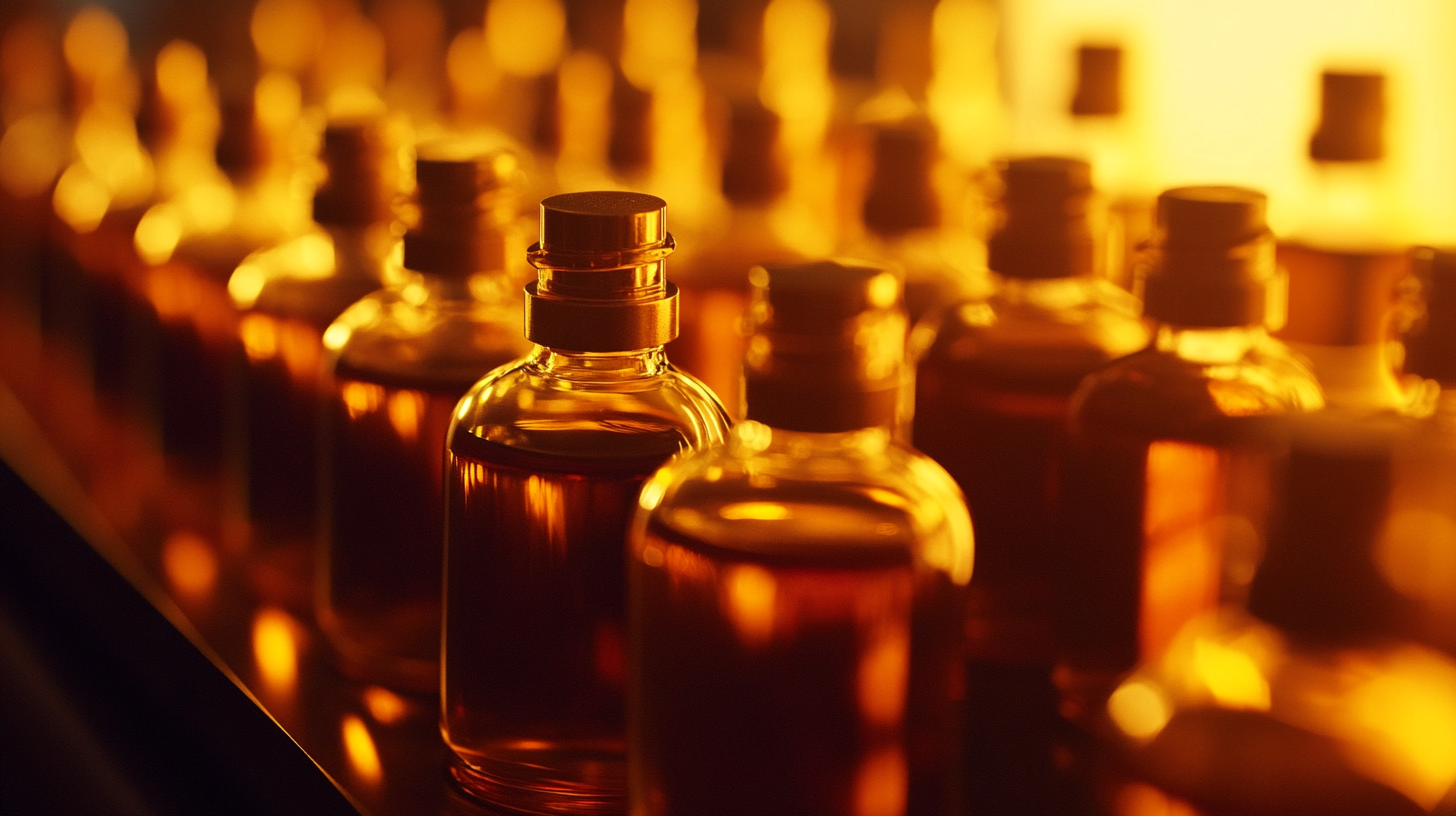
The Essence of Perfume Extracts: A Deep Dive into Their Composition
The world of perfume extracts is rich and multifaceted, offering a deep dive into their complex composition and unique applications. Perfume extracts, often regarded as the most concentrated form of fragrance, capture the essence of flowers, herbs, and spices through various extraction techniques. Among these, methods such as solvent extraction and steam distillation are notably prevalent for their ability to preserve the delicate aromas and beneficial properties of the source materials. Recent innovations in the extraction process have led to exciting developments, particularly in the realm of plant extracts. For instance, the use of cell extraction technology is emerging as a powerful method to obtain a wider variety of active compounds, enhancing the efficacy of fragrances. This is seen in the ongoing efforts to improve the anti-aging properties of saffron extracts, which are gaining attention for their luxurious and potent qualities. As buyers worldwide seek unique and effective ingredients, the demand for high-standard perfume extracts continues to grow. Moreover, the impact of social media on fragrance trends cannot be understated. Viral content showcasing rare and luxury perfume components has dramatically influenced consumer perception and pricing. This phenomenon highlights the intersection of modern marketing with traditional craftsmanship in the perfume industry, pushing brands to explore innovative and sustainable methods in their fragrance offerings. The partnership between manufacturers and botanical extract firms promises a more eco-friendly approach to perfumery, ensuring that the scent remains natural while appealing to the environmentally-conscious consumer.
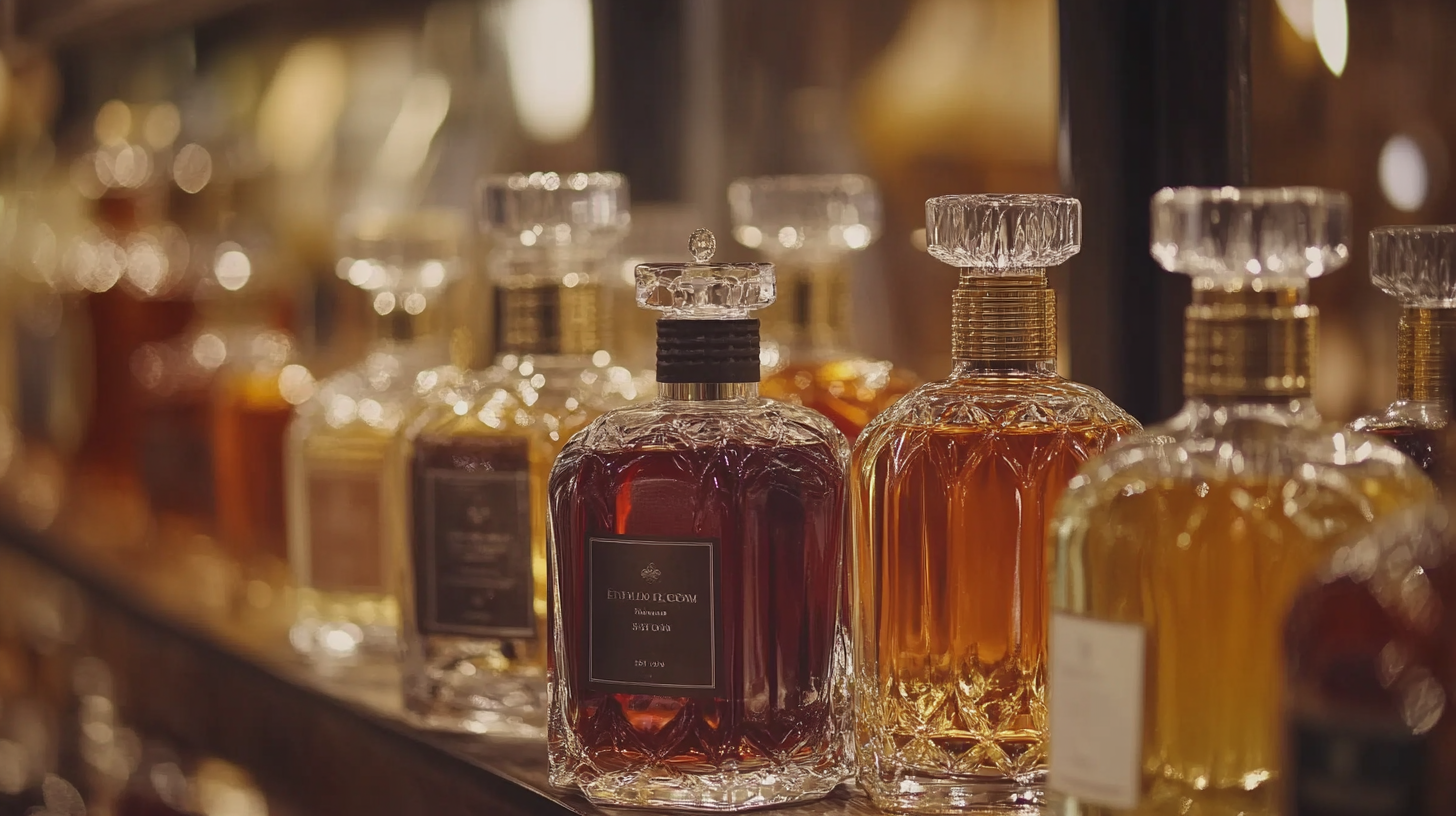
Comparing Perfume Extracts: Distillation Methods and Their Impact on Quality
The perfume industry is experiencing a dynamic transformation, particularly through the exploration of various distillation methods used in the production of perfume extracts. According to recent reports, the global market for plant extracts, which encompasses a wide array of sources—ranging from spices and herbs to flowers and leaves—is projected to reach significant milestones. This growth is largely influenced by advancements in extraction technologies, such as carbon dioxide extraction, solvent extraction, steam distillation, and lipid absorption methods. Each of these techniques brings unique qualities to the extracted substances, which can dramatically affect the quality of perfumes.
Among the most notable distillation methods, steam distillation remains the most widely used technique for extracting essential oils from plant materials. This method preserves the integrity of the fragrance compounds and ensures a high-quality final product. In contrast, solvent extraction is often employed for more delicate flowers that cannot withstand the heat of steam distillation. Such variations in extraction methods lead to differences in scent profiles and potency, which are critical factors for perfumers catering to diverse global markets.
As consumers become more discerning about the origins and quality of their fragrances, the demand for premium perfume extracts continues to rise. Market analysis indicates that the segment of natural and organic extracts is expanding rapidly, reflecting a broader trend towards sustainability and ethics in the beauty and fragrance sectors. This shift emphasizes the importance of understanding not just the extraction methods, but also the implications they have on the final perfume products that consumers cherish.
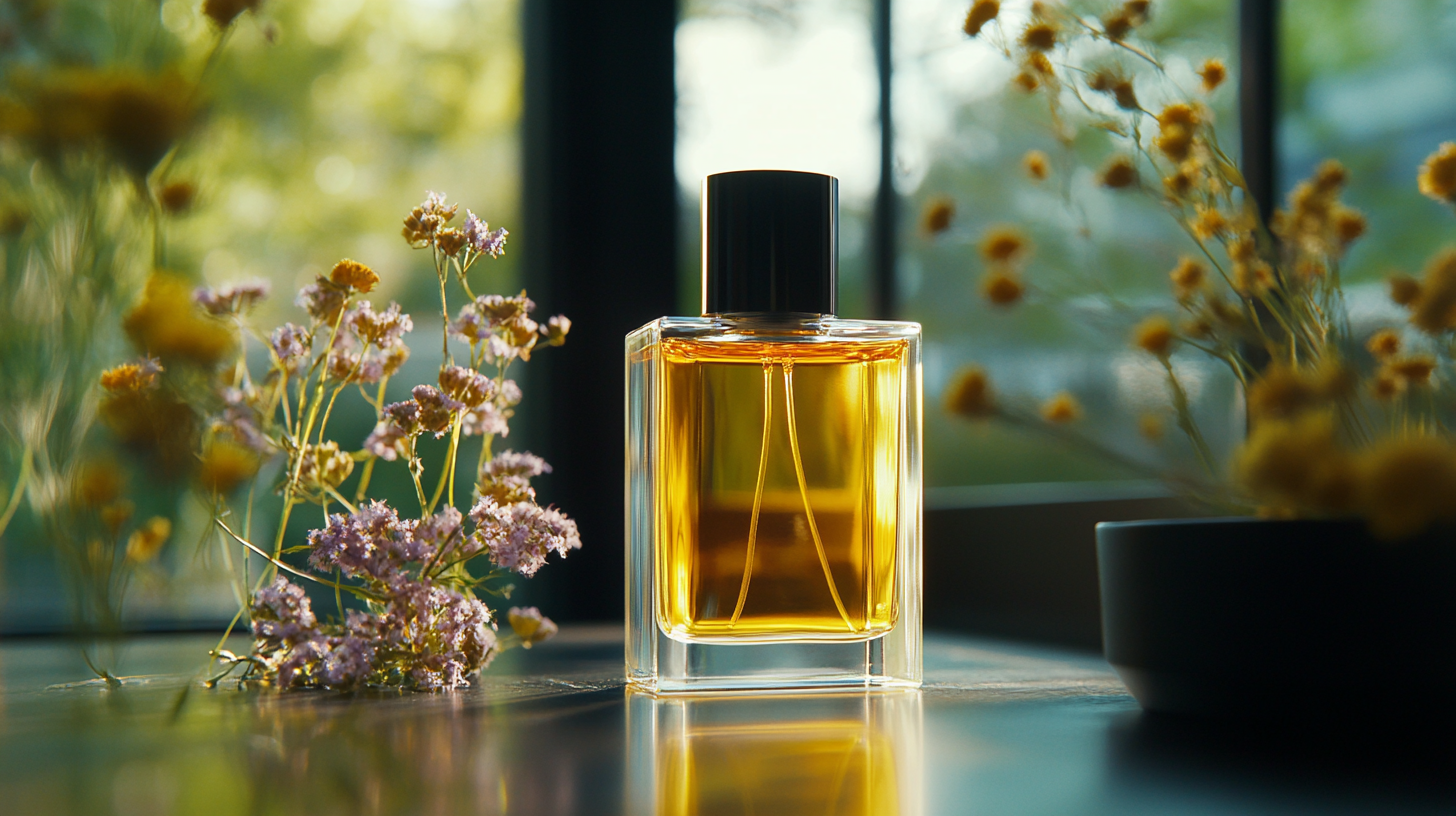
Global Trends: How Perfume Extracts Are Shaping the Fragrance Market
The fragrance market is undergoing a remarkable transformation, largely driven by the rising popularity of perfume extracts. These concentrated forms of scents are not only enhancing the olfactory experiences for consumers but also shifting the dynamics of how fragrances are crafted and marketed globally. Perfume extracts, known for their long-lasting and richly layered scents, appeal to discerning buyers who seek individuality and authenticity in their fragrance choices.
In response to this trend, brands are increasingly focusing on sourcing high-quality ingredients and developing unique formulations that showcase the artistry of perfumery. This shift reflects a growing appreciation for luxury in everyday products, prompting companies to differentiate themselves through innovative extraction methods and sustainable practices. Moreover, the demand for customization and niche fragrances is surging, pushing companies to explore rare and exotic components that speak to diverse cultural narratives.
Additionally, regions like the Middle East and Europe have been at the forefront of leading this trend, with their historical ties to perfume craftsmanship. As global buyers become more adventurous, they are eager to experiment with various fragrances that tell a story or evoke specific emotions. This exploration of scent not only influences personal identity but also shapes the broader cultural landscape, making perfume extracts a key player in the evolving fragrance market.
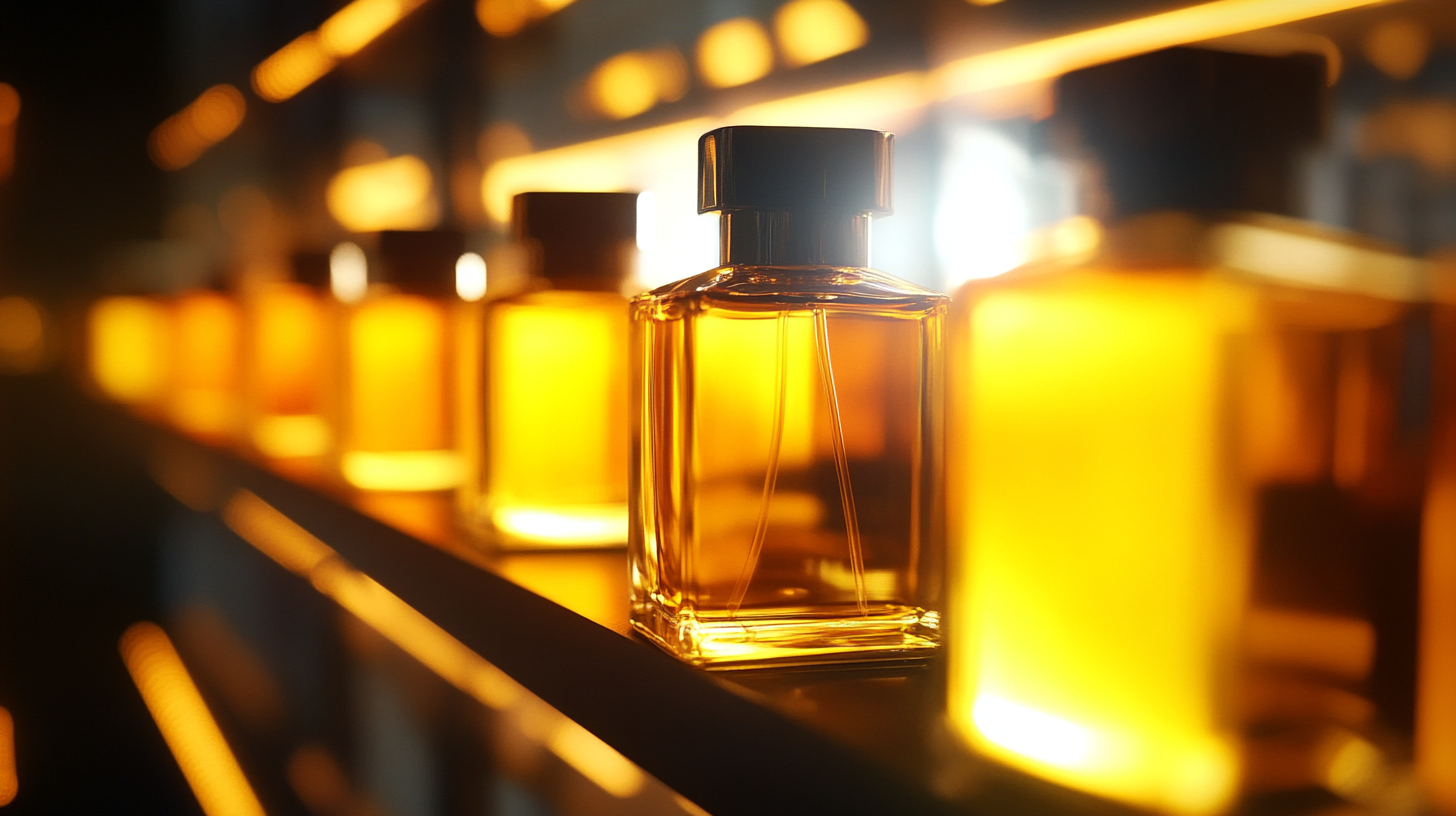
Unique Applications of Perfume Extracts Beyond Traditional Perfumery
Perfume extracts are gaining significant traction as they expand their applications beyond traditional perfumery. The global market for plant extracts, sized at over $433.3 billion in 2023, highlights a growing interest in unique scent profiles that combine botanical elements with innovative extraction techniques. Sources such as spices, herbs, flowers, and leaves are being meticulously utilized, allowing for a richer and more diverse range of fragrances. Techniques like carbon dioxide extraction and steam distillation are particularly favored for their ability to preserve the delicate aromatics of these ingredients, creating a compelling aromatic narrative that appeals to fragrance enthusiasts worldwide.
The rise of multifunctional applications for perfume extracts is evident in their incorporation into various industries, including food and beverage, cosmetics, and home fragrances. These unique applications have prompted innovation in product design, with brands exploring scent-inspired experiences that evoke emotions and memories. As consumers increasingly seek personal connections with their products, the fusion of traditional aromas with contemporary concepts enables a deeper engagement with scent. This shift signals a new era where perfume extracts are not just additives but integral components of lifestyle and identity.
Research indicates that the adoption of advanced extraction methods enhances the potency of botanical compounds, thus broadening their appeal. For instance, the application of cell extraction technology heralds a new phase for ingredients like saffron, improving their effectiveness in skincare formulations. Aligning these enhancements with consumer preferences for authenticity and sustainability has become a pivotal strategy for brands looking to capture this evolving market. As such, the exploration of perfume extracts continues to reshape our understanding of fragrance, turning it into a multifaceted tool that transcends traditional boundaries.
Sourcing Strategies for Global Buyers: Navigating the Perfume Extract Market
Navigating the perfume extract market can be a complex endeavor for global buyers. With a myriad of scents, variations, and sourcing challenges, understanding the nuances of this industry is vital for success. One of the primary strategies for buyers is to develop strong relationships with suppliers. Engaging directly with manufacturers ensures the procurement of high-quality extracts while fostering a collaborative environment to explore customization options based on specific market trends.
In addition to building robust supplier connections, buyers should also consider the geographical implications of sourcing. Regions renowned for their natural ingredients, such as Grasse in France or the Middle East for oud fragrances, often yield unique extracts not found elsewhere. By strategically sourcing from these locations, buyers can enhance their product offerings with exclusive scents that appeal to niche markets. It's crucial to stay informed on regulations and sustainability practices as well, as consumers increasingly prioritize transparency in sourcing practices.
Furthermore, leveraging technology and market intelligence tools can also enhance sourcing strategies. Online platforms and databases offer buyers real-time data on pricing trends, emerging fragrance profiles, and supplier reliability. This information enables them to make informed decisions, ultimately leading to more successful procurement strategies in the ever-evolving perfume extract landscape.
